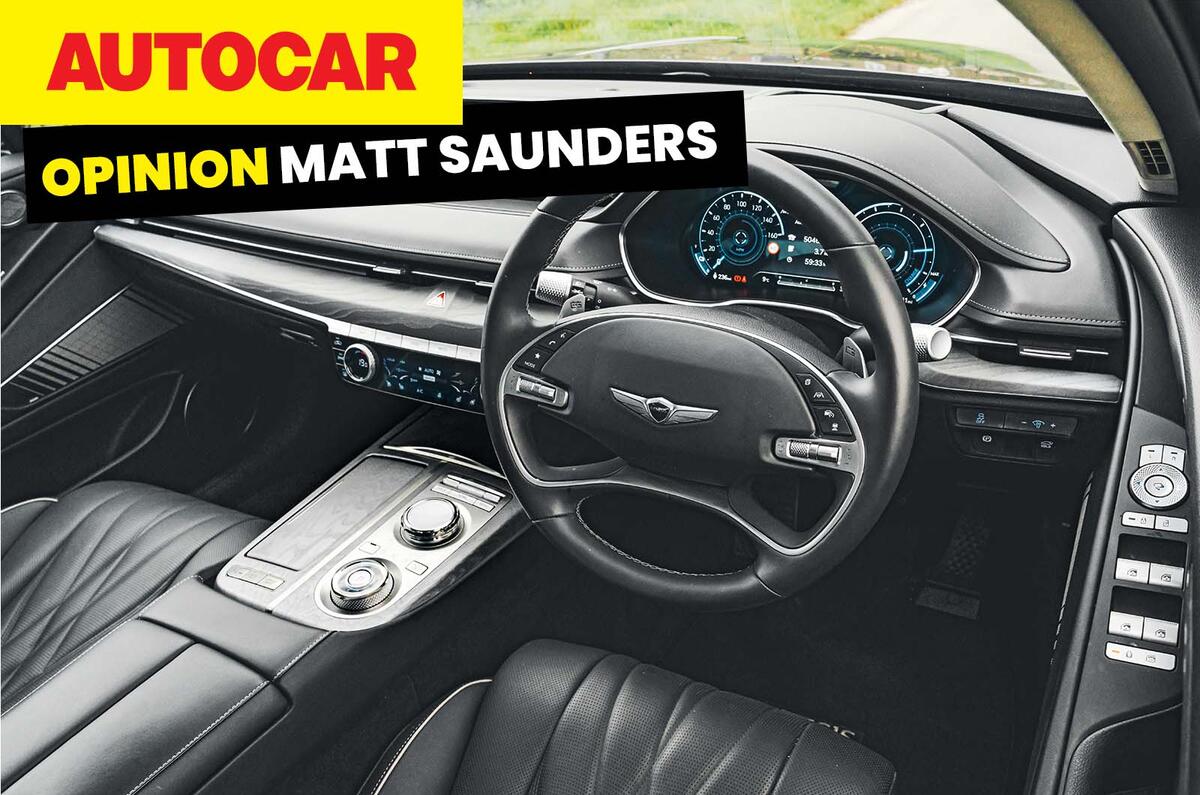Road testers like me have expended plenty of column inches over the past couple of decades writing about something we call perceived quality.
It may seem a slightly mysterious concept. Some readers think we imagine it entirely; others that we simply place too great importance on it. So what follows is a short effort to explain a phenomenon that has had a large influence on the development of the car industry in the 21st century.
It’s not to be confused with manufacturing quality. When car industry types refer to quality in the broadest sense, this is what they tend to mean – ostensibly the capacity of a production line, be it automated or not, to produce accurately and correctly made cars without defect in repeatable fashion.
Perceived quality isn’t about whether body panels align correctly, whether door seals stop the wind properly, what paint finish is like and whether a car built on a Friday afternoon is the same as one from a Tuesday morning.
As much as those things may indeed be more meaningful indicators of a car’s quality, they’re indicators that you typically need at least a little bit of an eye or ear to spot. Perceived quality, by contrast, is the kind that exists entirely so you will spot it.
Most road testers would agree that the idea of putting fixtures, fittings and features into car interiors that look and feel expensive and that move in a similar way for its own sake was popularised by German manufacturers in the early 1990s.
Search through Autocar’s digital archive for the first usage of the phrase in the intended sense and it crops up in our first drive of the B4-generation Audi 80 Avant in July 1992.
That seems like about the right moment. Audi was striking out to make a new name for the superior quality of its cars. Tester Steve Sutcliffe confirmed explicitly how “good to touch, good to look at and exquisitely finished” so many parts of the 80’s cabin were.
The trend wasn’t contained to luxury or executive models, though. The Mk4 Volkswagen Golf, for example, came as a transformative moment for perceived quality when it appeared in 1997. This was Wolfsburg’s big reply to the landmark Ford Focus.
The story goes that when Volkswagen executive chairman Ferdinand Piëch first sat in a development car, he slid the driver’s seat all the way back, looked down and immediately demanded that the car’s front seat mountings be re-engineered so that he couldn’t see their running tracks.
Just because. And, more amazingly, the stature of Piëch meant it actually happened. Now times could hardly be more different.
Many manufacturers prefer to spend the budget that years ago they might have ploughed into over-engineered cantilevered ashtrays and air-conditioning controls that clicked like buttons on a Swiss watch on larger and larger digital screens, the existence of which often saves that same manufacturer from including so many physical switches anyway.
Ambient lighting has taken the place of haptic appeal. In some showrooms, you have to go a long way and spend an awful lot of money to find a luxury interior that really feels expensive.
Not if you know where to look, however. The most expensive, high-quality-feeling interiors of our current crop of cars aren’t made in Germany any more but in markets that have been more reticent about adopting digital cabin technology. I would say Lexus, Genesis and Mazda are among the leading powers now.
But the real gift of perceived quality has been to drag the prevailing standard of fit-and-finish and material quality up by its bootlaces, right across the board, from Ford to Fisker to Ferrari and back again.
Thirty years ago, material cheapness still abounded in places where it really shouldn’t have. Today, what we might call ‘baseline’ perceived quality is an awful lot higher.




Join the debate
Add your comment
The upcoming CX-5 wants a word.
Audi peaked around the mid 2015s, but the newer stuff - the A6 and Q6 etrons are cheap and nasty inside